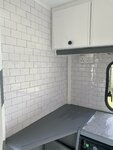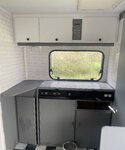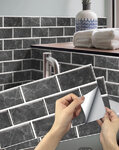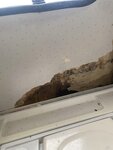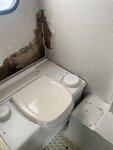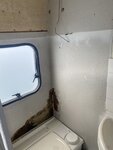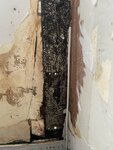- Mar 14, 2005
- 19,192
- 4,374
- 50,935
John.Totally disagree. Of course any leak needs to be addressed but the question being answered was how to dry it out. The method I suggested is that used by the caravan industry. My dealer did exactly that with mine after they put a screw through a pipe. Also, I know from experience that using dehumidifiers really work and very powerfully. In a situation where trainees were wet rendering training rooms constantly. Dehumidifiers were left on overnight in order to prepare for the next trainees. They accelerated the process by at least 1 week. Just look at what is used in flooded houses!
Of course they will increase the the effect of moisture being ‘sucked in’. But that only emphasises the drawing effect of dehumidifiers on the structure.
On this, Prof, you are simply wrong.
At this stage the OP it not even sure if there is a leak. In the mean time drying the structure can only be a good thing. And it can also be a great help in locating the location of the ingress.
Note that the damp readings are only 22%. I know that Lunar, (in their day). Would only consider readings of plus 25% as damp.
John
I was quite specific in my reply. Whilst the leak still exists, the use of a dehumidifier will actually increase the rater of moisture transfer.
Once the leak has been stopped, then using a dehumidifier may help to remove the excess moisture, but once its down to ambient levels the continued use of a dehumidifier has very little value, as its basically continually trying to dry the normal ventilation air and not making much if any difference to the moisture content of the caravans construction.

